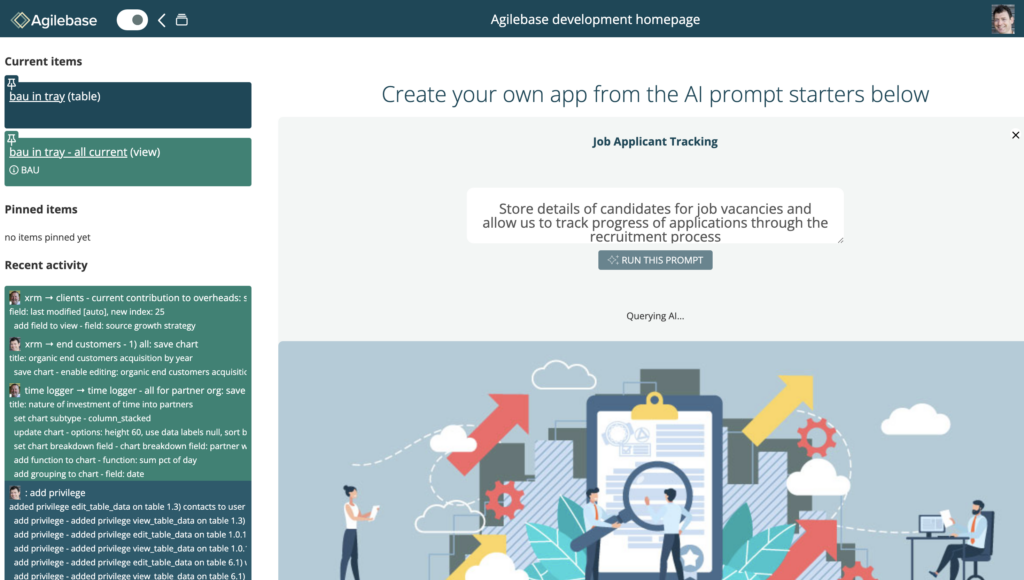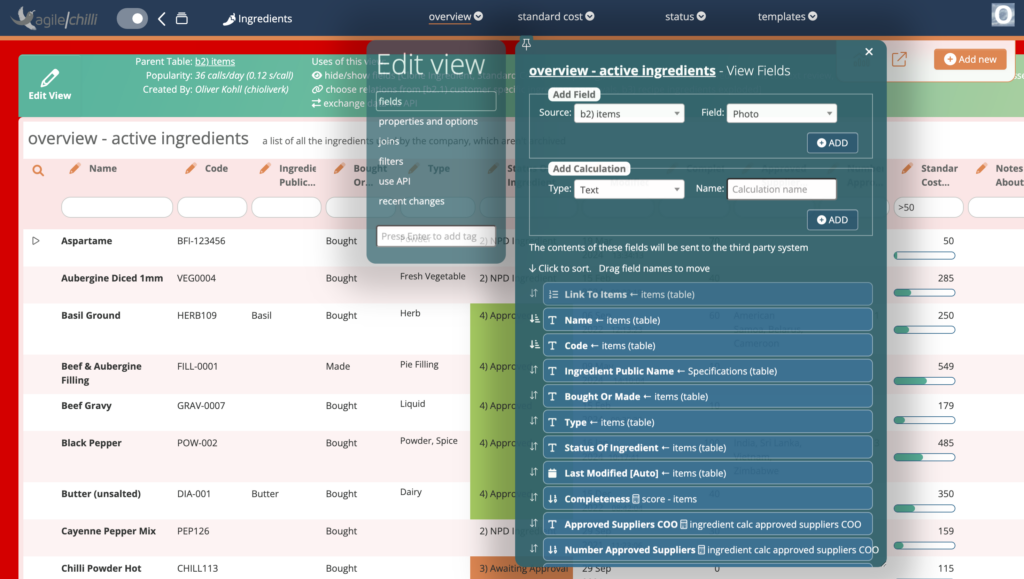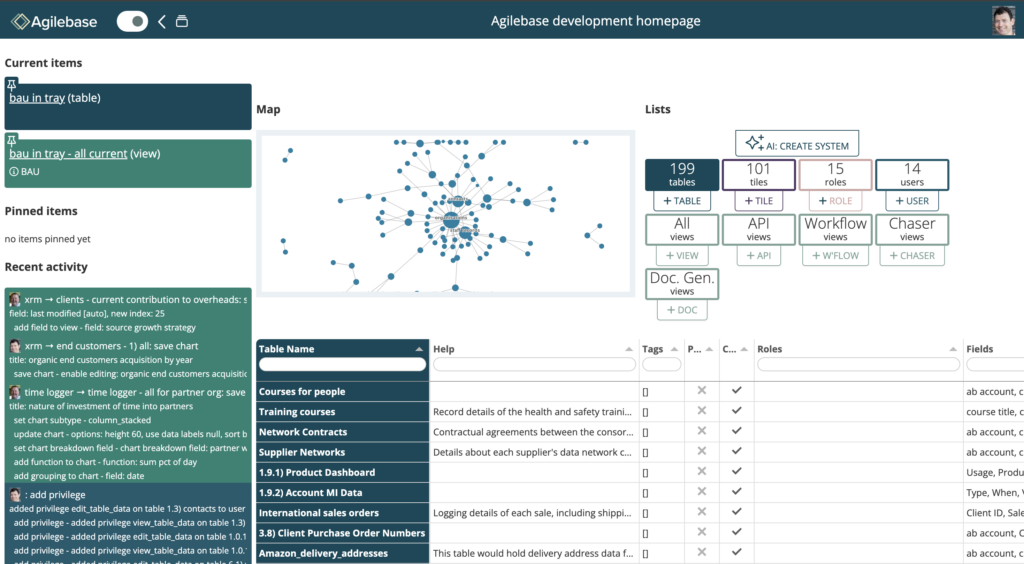Agilebase is CRM and more
Agilebase clients use the platform for resource planning, project tracking, and more. We manage all the internal data in your organization, says CTO Oliver Kohll, 44.

CRM platform stands for Customer relationship management, doesn’t it?
“Yes, In the past, you would buy a CRM system. There was a standard set of functionality. It was all about managing the relationship with your customers and prospects, and it was a sales pipeline. That was the core functionality.”
“You could capture sales info such as ‘Bob Woods called on Tuesday, and I spoke to him, and he was interested in calling back on Thursday’?
“Yes. You have a history of conversations with potential customers, where they were in the sales cycle, whether they were a lead, and whether they were a qualified lead. That was the narrow range of functionality. Whichever software you bought was the same. But then people started using it for other things. I don’t know how it happened, but because you had a database of customers, other people in the business found that useful to look at.”
“Your accounts department might want to look at the most up-to-date address for a customer. Or customer services. Once you sell something to the customer, you might want to deliver a project for them. The project people might want to look and see well, how many sites do they have, where are they geographically, what’s the budget?
“Now, there’s a whole load of more people in the organization interested in having good customer data. And then, people start thinking, ‘We’re not dealing with our customers, we’re dealing with our suppliers. Shouldn’t they be in the database? Finally, the early software couldn’t handle it. They started coming up with more flexible CRM systems. And rather than call it something else, such as ‘Enterprise System’ we call it CRM. But it didn’t mean customer relationship management anymore. It meant managing the data in your organization, no matter what you do.”
It’s like taking all the filing cabinets in the office, taking out all the folders and the bits of paper, and putting them into a digital system?
“Yeah, that’s it. Customer relationship isn’t even the core of it anymore.
“It’s making the data in your organization electronic. Whether you are making food or cars or clothes.”
“So that’s what we mean by CRM. It’s anything used by the business.” “It’s internal data. With Agilebase, for example, you can an organization and look at who’s working in each department, what roles they’re playing, and make a list of what they do. You can then turn that into part of the system. You gradually take the work that people do in their spreadsheets and absorb it.”
Can you give me examples of what Agilebase can handle?
“We have a food manufacturing client (Lewis Pies). They’ve got the development log which shows how they develop recipes. They have document management, tracking of key performance indicators, order reports, cost analysis, sales analysis, price lists, HR, health and safety records, product development and sales opportunities, market campaigns, opportunity analysis, food safety, technical certificates and technical audits, complaints, machine maintenance, samples, new products, stocktaking, training…we’re about halfway through now. Do you want me to continue?”

I get it. What about integrating third-party software into Agilebase? Is that possible?
“People might have a specialised area of work within the firm. There might be specialist software for parts ordering, say. Rewriting that system from scratch makes no sense, in that case, you can integrate that system into Agilebase. Rather than rebuild it. “
How is all this achievable?
“We involve the people who are doing the work. We create the system with them to match their needs. That process is rapid. We can turn up on site in the morning and start to build a system to manage part of your job; You can see we can do what you say we will do. By the end of that morning, you can use it and start doing your work on it. You can see the proof is in the pudding.

You can then say you want to add a field. You can do that in 10 seconds. You don’t have to raise a support ticket or wait 24 hours for someone to get around to reading it, then wait a week for it to get implemented.

How is this possible from a technical point of view?
There are two aspects. There’s a user interface, which we put much effort into making intuitive, and there’s the back-end robustness which means that the system can grow as the business grows from a small company into a large company or as the system expands from one department out into managing the whole industry.

The PostgreSQL database is used to help make a high level of scalability possible.